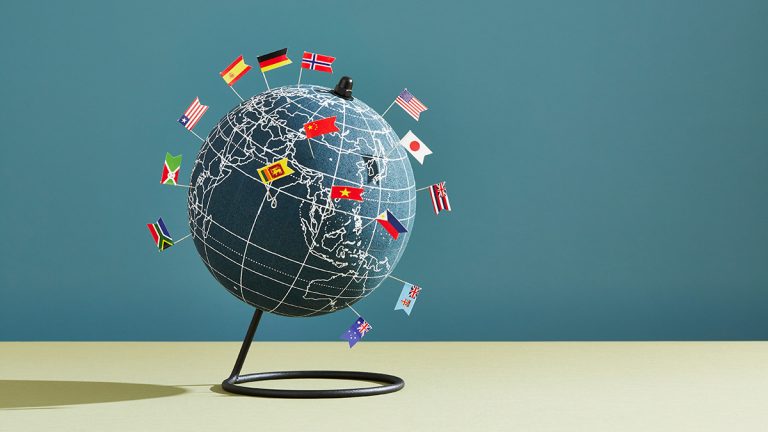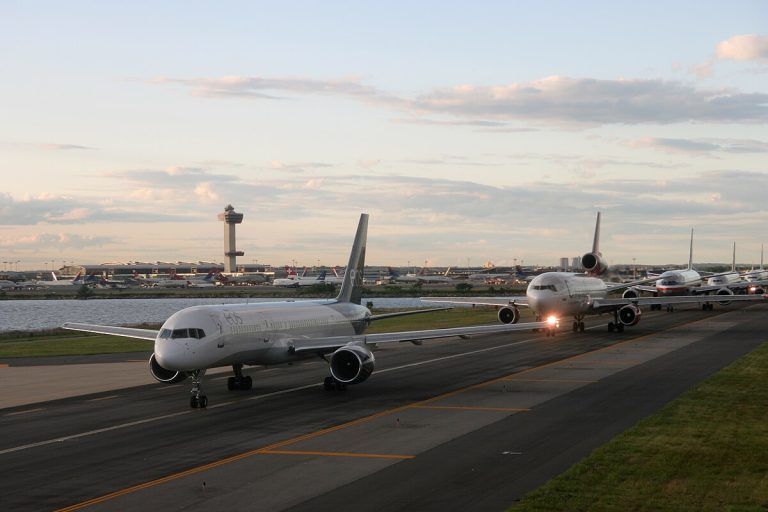7 Reasons Why Mexico Is The Most Tourist Friendly Country In Latin America

Mexico – the most tourist friendly country in Latin America stands out as a beloved destination for American travelers seeking a sun-soaked and delightful vacation. The charm of Mexico lies in its stunning Caribbean beaches, warm-hearted locals, and budget-friendly options, all of which attract a significant number of U.S. visitors every year. While it’s well-known as a popular travel spot, less attention has been given to its safety and inviting ambiance.
You’ve probably come across various online news stories that paint a negative image of Mexico, often portraying it as a dangerous place with rampant drug-related activities. This narrative can make it seem like travelers need to be constantly on guard to avoid getting caught up in violent situations.
Tourist Friendly Country In Latin America
In this article, you will read seven compelling reasons why Mexico is the perfect destination for a sunny getaway. Additionally, I’ll highlight its reputation as a very accommodating tourist friendly country in Latin America.
1. Safer Than You Might Think

Let’s address the elephant in the room first: safety in Mexico. While it’s true that Mexico might not have the same level of urban development as places like Iceland or Finland, it’s still ahead of most of its Latin American counterparts in terms of urban concerns.
Crime rates in Mexico do show an increase in border areas where gang activities are present. However, in popular tourist spots like Cancun and Los Cabos, crime rates are relatively moderate. These cities are categorized as “Level 2” destinations by the U.S. State Department.
This means that while American tourists should exercise more caution compared to visiting “Level 1” countries like Iceland, there’s no significant safety threat that directly affects them.
2. Unique Among Latin American Countries

Take Colombia, another prominent Latin American nation, for instance. Colombia has been facing a recent surge in criminal activities, including homicides, with Medellin being particularly impacted.
Travel advisories for American citizens suggest reconsidering travel plans to Colombia, but many Mexican states don’t receive the same level of caution. Peru’s security situation has also taken a hit due to widespread demonstrations, leading to flight cancellations and the closure of Machu Picchu for an extended period.
Latin America often experiences civil unrest and political instability. Compared to its regional counterparts, Mexico has shown remarkable stability in recent years. The country has also implemented strong measures to combat criminal activities, such as deploying the National Guard to beaches in Cancun for added security. Cutting-edge technology has been introduced to enhance monitoring capabilities in key regions.
3. English Is Commonly Spoken

Navigating a foreign country becomes so much easier when English is widely spoken. In Mexico, thanks to its strong connections with the United States and Canada, almost every tourist destination has locals who are proficient in English. This eliminates communication barriers and the need for awkward Google Translate conversations.
Studies show that Mexico’s English proficiency surpasses that of Argentina, Brazil, and Colombia, with percentages of 12%, 6%, 5.1%, and 3%, respectively.
4. Captivating Art Scene

Mexico’s art scene is a vibrant mix of classic masterpieces and modern folk art. The country is adorned with striking murals that reflect its culture and tell stories of its people. Renowned artists like Diego Rivera, José Clemente Orozco, and David Alfaro Siqueiros have left their mark on Mexican muralism.
To experience traditional works from celebrated painters like Gerardo Murillo and Diego Rivera, a visit to Mexico City’s Museo Nacional de Arte (MUNAL) and Palacio Nacional is a must. For performing arts lovers, the Palacio de Bellas Artes offers awe-inspiring live performances against a backdrop of grand marble architecture.
5. Majestic Mountains and Volcanoes

The iconic Popocatépetl Volcano in Puebla, affectionately known as El Popo, is a sight to behold. Its snow-capped peaks reach an impressive 5,426 meters (17,926 feet) high when traveling east toward Puebla. Mexico also boasts several mountains that are perfect for hiking, such as the Sierra Madre Mountains with their rugged beauty.
6. UNESCO World Heritage Sites

Mexico is a treasure trove of UNESCO World Heritage Sites, making it a dream destination for history enthusiasts, culture aficionados, and nature lovers. With 27 cultural sites and six natural sites, there’s no shortage of wonders to explore. Ten of its cities, including Campeche, Oaxaca, Mexico City, and Puebla, are designated as World Heritage Cities. The sacred city of Teotihuacan, with its mystical ruins, dates back to some of the earliest civilizations in history.
7. Improved Infrastructure

Mexico’s popularity among global tourists has spurred significant advancements in its modernization and hospitality infrastructure. New hotels are constantly being announced, including three by the Hyatt Group in various prominent destinations across the country. Mexican airports are committed to exceptional service, evident through the implementation of modern technologies and the removal of bureaucratic entry forms.
Mexico stands out in Latin America as a nation well-prepared to manage the influx of global travelers. Its top tourist attractions prioritize visitor-friendliness, with informative signage in English and English-speaking guides available, particularly in places like the Tulum and Chichen Itza ancient sites.
Unlike some Mayan sites in Central America, Mexico’s tourism sector is well-developed. This ensures that travelers face fewer challenges when navigating archaeological sites or accessing information about local attractions.







